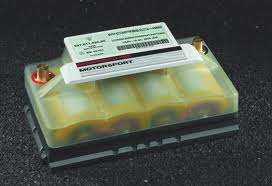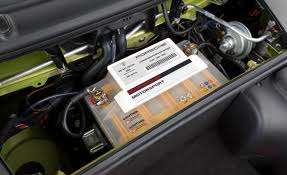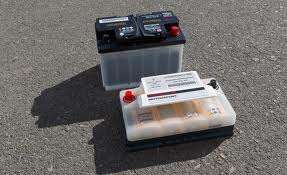Bucur
Enlightened
I am driving a Porsche Cayman S. The track oriented "R" version of this car saves weight by using a Li-Iron Phosphate battery, instead of a conventional lead-acid one:



Since this battery is available as an option for my car and given the merits of lithium chemistry, I was thinking that this was a nice idea. Not that the saved weight is so important for me but I do like saving weight when it comes to a car. Besides, this is a cool idea, this offers a wow factor, etc… I didn't buy it but I would consider doing so, should I need a new battery for my car. On the other hand, this would most probably be so expensive that I would stick to a conventional battery, anyway.
In the meantime, I became a CPF member and the more I get enlightened, the more I realized that the interior of a car is not a good place for Li-Ion batteries, due to heat being an important factor for them. Therefore, does the existence of this battery mean that Porsche compromises battery life for the sake of saved weight, or, does this mean that Li-Iron Phosphate batteries are considerably less sensitive to heat than Li-Ion batteries?
I guess the truth will be something in between and I would be delighted if battery gurus chime in and interpret what exactly this Li-Iron Phosphate Porsche battery is about. Thanks.



Since this battery is available as an option for my car and given the merits of lithium chemistry, I was thinking that this was a nice idea. Not that the saved weight is so important for me but I do like saving weight when it comes to a car. Besides, this is a cool idea, this offers a wow factor, etc… I didn't buy it but I would consider doing so, should I need a new battery for my car. On the other hand, this would most probably be so expensive that I would stick to a conventional battery, anyway.
In the meantime, I became a CPF member and the more I get enlightened, the more I realized that the interior of a car is not a good place for Li-Ion batteries, due to heat being an important factor for them. Therefore, does the existence of this battery mean that Porsche compromises battery life for the sake of saved weight, or, does this mean that Li-Iron Phosphate batteries are considerably less sensitive to heat than Li-Ion batteries?
I guess the truth will be something in between and I would be delighted if battery gurus chime in and interpret what exactly this Li-Iron Phosphate Porsche battery is about. Thanks.


